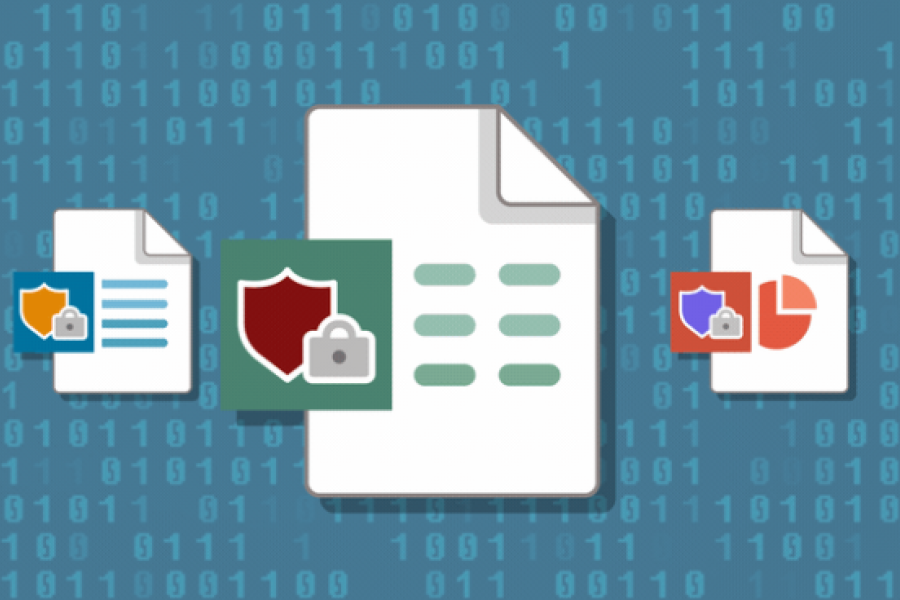Staff who moved to the Stanford Redwood City (SRWC) campus this year had positive feedback about Cardinal Print in this fall’s survey about the program rollout.
The 634 staff who responded to the survey reported a smooth transition to Cardinal Print, although some had questions about equipment and functionality, issues that the Cardinal Print team is currently addressing to enhance the user experience.
Cardinal Print is a new managed print program that rolled out for the first time in 2019 on the SRWC campus. The Cardinal Print program is a university-wide strategic initiative, a partnership between Financial Management Services (FMS) and University IT (UIT), with the guidance of university leadership and representative members of the Stanford community, to identify and act upon opportunities to increase efficiencies, improve user experience, and save money.
Survey highlights
Survey results showed that:
- 95% of respondents recall receiving one or more communication about the program, or participated in a training opportunity
- 83% felt that their work was not unnecessarily disrupted during implementation
- 78% were satisfied with how the implementation went
- 71% felt well prepared to use the devices
In the open-ended questions on the survey, most positive comments were about training and support staff. Most constructive comments were about Cardinal Print equipment and functionality, particularly questions about print device defaults.
Answers to common questions
The Cardinal Print Frequently Asked Questions and Instructions webpages currently available online answer the most common questions that participants had on the survey, including:
- Can print jobs stay in the system longer? (Short answer: yes! It’s now 72 hours.)
- How do I print single-sided and in color on a Windows or Mac machine?
- How do I print on specialty paper (such as mailing labels)?
- I forgot my badge! How do I print? (Short answer: enter your SUNet ID and password on the device touchpad).
- How can I get help or sign up for more training?
To learn how the program benefitted FMS when they moved to SRWC, see the Stanford Redwood City case study.



